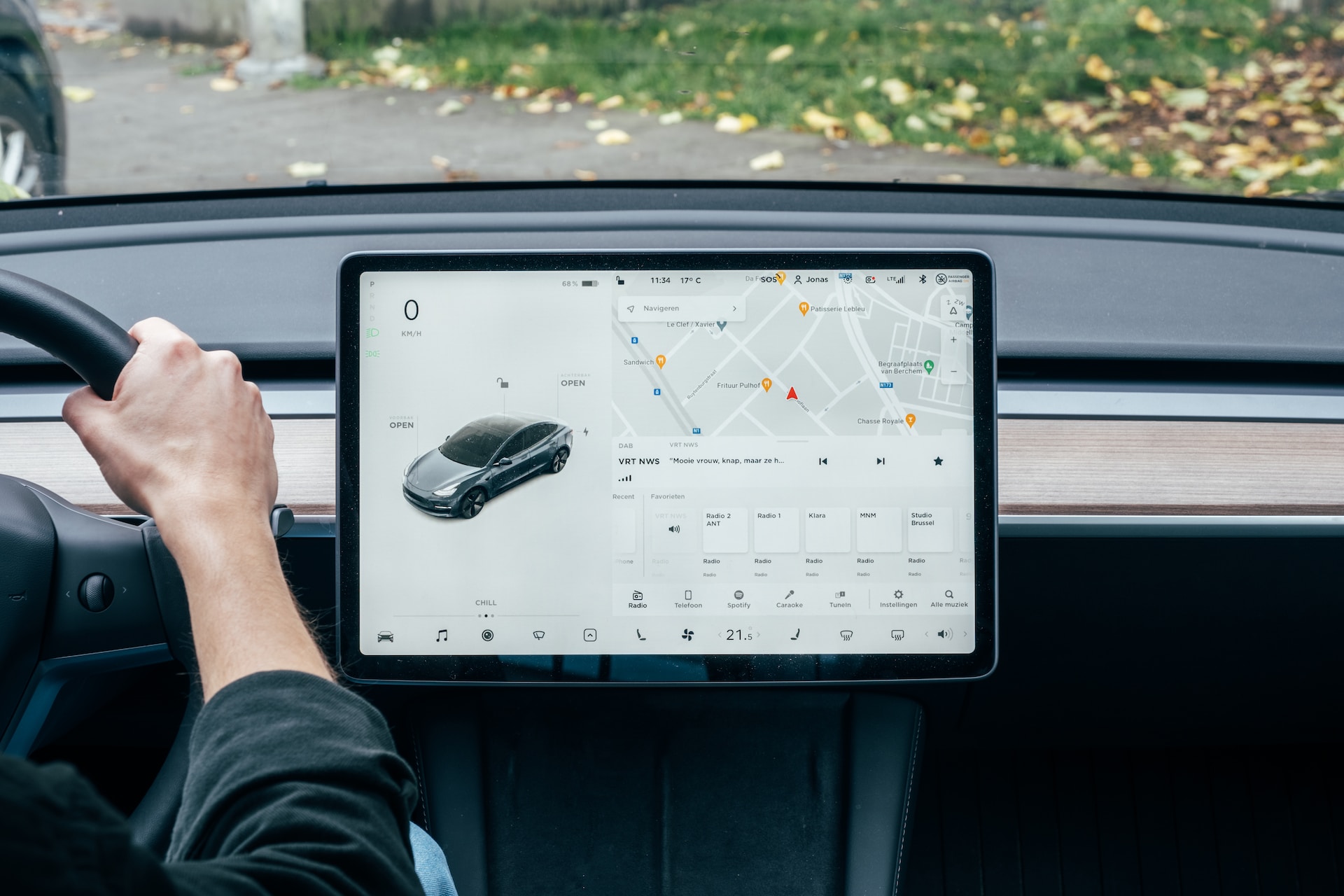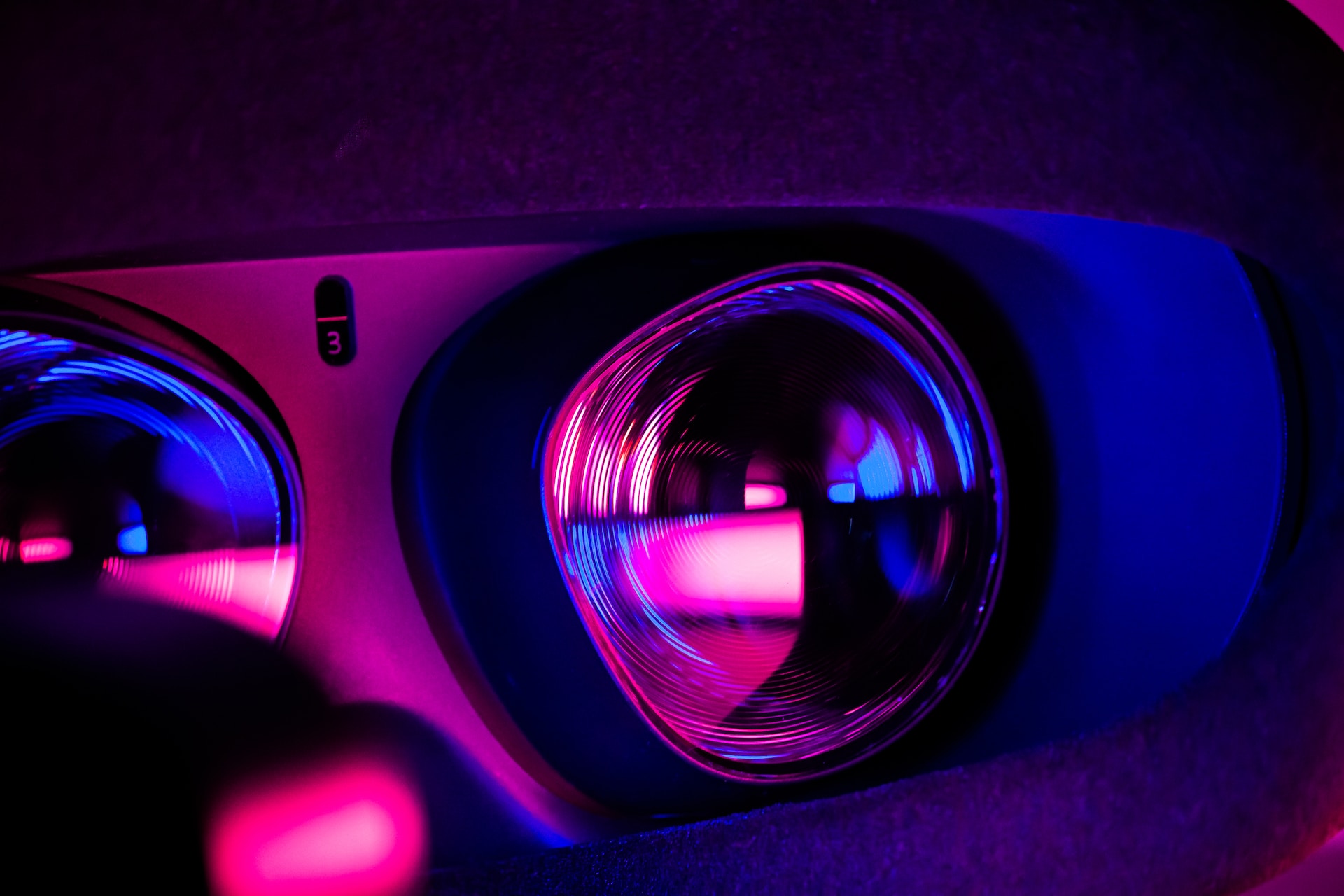Beyond the Phone Call: Innovative Ways Journalists Utilize Call Tracking Data
Journalism is a field that is always changing and growing, where information spreads like flames and stories change all the time. There has never been a greater need for new ways to gather, analyze, and report the news. Even though standard ways of being a writer are still important, new technologies have given journalists a lot of new possibilities. Because of these new options, writers can now find out about stories in ways that were impossible before.
The press has changed in this digital age, forcing experts to adapt. Journalists use technology to find truth and meaningful stories as the internet era changes how we consume information. Call monitoring data has effortlessly transitioned from its initial function to journalism. Call-Tracking.org thoroughly examines the best call tracking solutions, revealing their features, usefulness, and performance. Curating this resource allows journalists to reliably use these technologies to improve their investigations, verify sources, and get useful insights from call monitoring data, improving reporting accuracy and impact.
Originating as a tool primarily aimed at aiding businesses in gauging marketing effectiveness, call tracking data has transcended its initial role and evolved into an indispensable asset for journalists seeking to uncover hidden stories, verify sources, and elevate their investigative prowess. This evolution signifies a symbiotic relationship between technology and journalism, where innovation acts as the bridge between tradition and modernity.
Understanding the Essence of Call Tracking Data
Call tracking data, which originated as a tool primarily intended to assist businesses in measuring marketing effectiveness, has evolved into an indispensable resource for journalists seeking to expose concealed stories, substantiate sources, and enhance their investigative skills. This evolution represents a symbiotic relationship between technology and journalism, in which innovation serves as the link between tradition and modernity.
Exploring Innovative Approaches: How Journalists Leverage Call Tracking Data
- Improving Source Verification: The accuracy of information and the verification of sources are the foundation of ethical journalism. Call monitoring data is a steadfast friend in this ongoing struggle. Journalists may not only validate their leads but also support the veracity of their tales by cross-referencing call information with reliable sources. The credibility of their journalism is strengthened by this additional degree of confirmation.
- Improving Source Verification: The cornerstone of ethical journalism is the authenticity of information and the verification of sources. In this continuing battle, call tracking data is a reliable ally. Journalists may cross-reference call information with credible sources to not only confirm their leads but also corroborate the validity of their stories. This extra level of validation boosts their journalism’s credibility.
- Developing Investigative Skills: Investigative reporting usually unearths untold tales. This project gains from call tracking information. By attentively going through transcriptions and recordings of talks, journalists may develop leads, collect evidence, and write a more engaging article.
- Infusing Geographic Context: Call tracking’s geolocation data gives narrative a new depth. Journalists may map calls onto geographical areas to show incidents or problem concentration. This regional setting enhances the story and connects readers to it.
- Humanizing the Unseen: Call tracking data include a treasure mine of voice recordings that represent the feelings, anxieties, and lived experiences of callers. These recordings provide a glimpse into the world of the caller. Journalists may make use of these recordings to infuse their articles with a human element, thus providing readers with the opportunity to develop relationships with the actual voices who are behind the headlines. This individualization infuses the stories with a profoundly moving resonance, making the tales more approachable and moving as a result.
Navigating Ethical Dimensions and Best Practices
As with any technical breakthrough, the use of phone monitoring data into journalism raises ethical concerns. Maintaining privacy, securing agreement for call recording, and maintaining strong data security are all non-negotiable requirements. Transparency with the audience about information collection techniques is still critical.
Conclusion
The dynamic field of journalism attracts those who are willing to embrace innovation in their pursuit of successful storytelling. Because of the convergence of technology and journalism, call tracking data is becoming a significant resource for journalists hoping to find stories, verify sources, and present readers with unparalleled insights. Responsible and conscientious use of this data paves the road for excellence in journalism by helping journalists to navigate the intricacies of a technologically sophisticated world while adhering to the essential principles of ethical journalism. Using call tracking data to elevate storytelling to new heights paves the path for a more intelligent and exciting future in a world where technology and media are inextricably linked.








